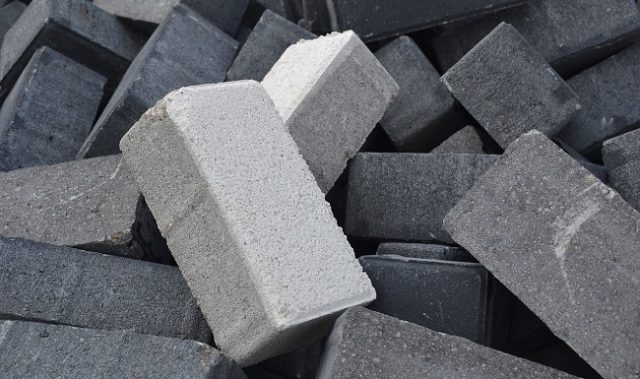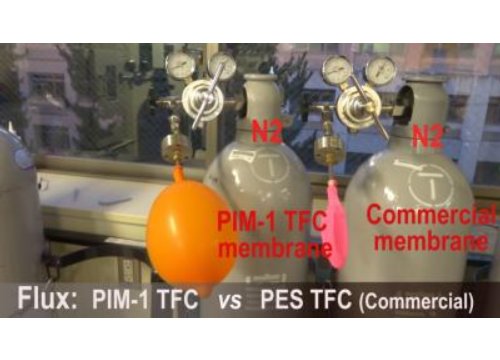
AsianScientist (Apr. 19, 2016) – Researchers in Japan have developed a highly detailed and accurate simulation of how carbon dioxide is stored in porous underground rocks during carbon capture and storage (CCS). Their work was published in Advances in Water Resources.
CCS is a relatively new method of capturing carbon dioxide (CO2) emissions from power stations and industrial processes and then pushing the greenhouse gas underground, to prevent it from ever entering the atmosphere. Therefore, a deeper, more detailed understanding of fluid and gas movement within the underground rock is key to effective storage of CO2 and lower risks of leakage.
This level of detail requires state-of-the-art techniques; one such method is under development at Kyushu University’s International Institute for Carbon-Neutral Energy Research (I2CNER) and Department of Earth Resources Engineering.
“The idea is that if we can generate a detailed and realistic model of the target reservoir rock, we can precisely determine how the CO2 will displace water,” lead and corresponding author, Associate Professor Takeshi Tsuji of I2CNER, explained.
“We can then use the model to help us to estimate the storage capacity and leakage risk for CO2 capture below ground.”
There have been many studies of the passage of CO2 through porous rocks, but these rely on relatively simple computer models that typically assume the pores are the same size and shape and are spread uniformly throughout the rock.
“These techniques, and simple laboratory simulations, limit our ability to understand a broad range of potential CO2 storage reservoirs below ground,” study coauthor, post-doctoral researcher Dr. Jiang Fei said.
The researchers scanned the rocks using X-ray microcomputed tomography—similar to the technology used in hospitals to see inside the human body—and combined the results with detailed mathematical simulations. Using this digital rock model, they were able to generate a picture of the real displacement of water by CO2 below ground and identify the optimal conditions for CO2 storage in real rocks.
This researchers then applied this approach to a sandstone sample, which allowed them to examine the movement of fluids inside the rock at an unprecedented level of detail. This helped enhance their understanding of the processes that occur at the micro-scale inside the rock as CO2 gas is injected into it.
“We were able to identify the main regime for fluid displacement inside our sandstone sample,” Tsuji explained. “And because of the properties of our sandstone, we can determine which processes are most dominant in natural rocks that could be used for CO2 storage.”
In the future, if rock samples are available from a potential reservoir, the method could be used to analyze storage potential of a given area, and contribute to advancement of CCS as a viable technique for CO2 removal.
The article can be found at: Tsuji et al. (2016) Characterization of Immiscible Fluid Displacement Processes with Various Capillary Numbers and Viscosity Ratios in 3D Natural Sandstone.
———
Source: International Institute for Carbon-Neutral Energy Research, Kyushu University.
Disclaimer: This article does not necessarily reflect the views of AsianScientist or its staff.












